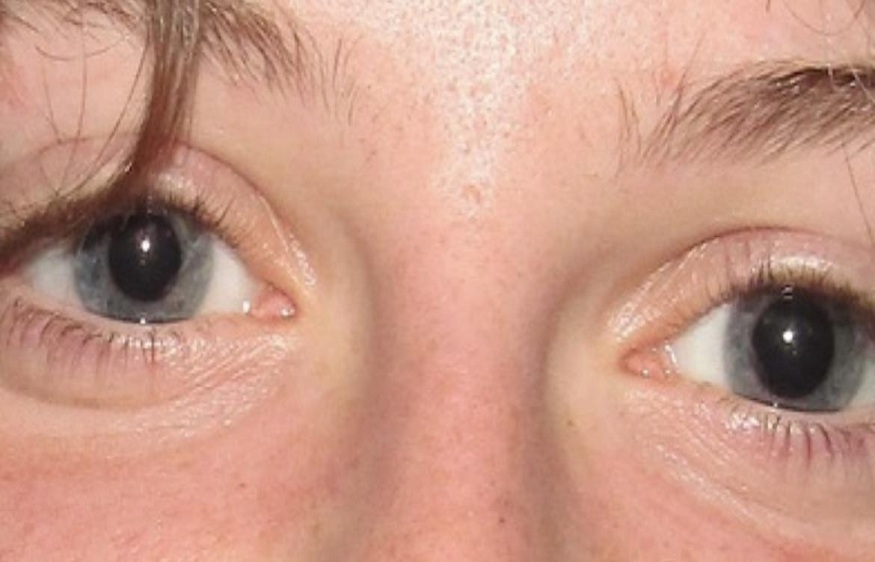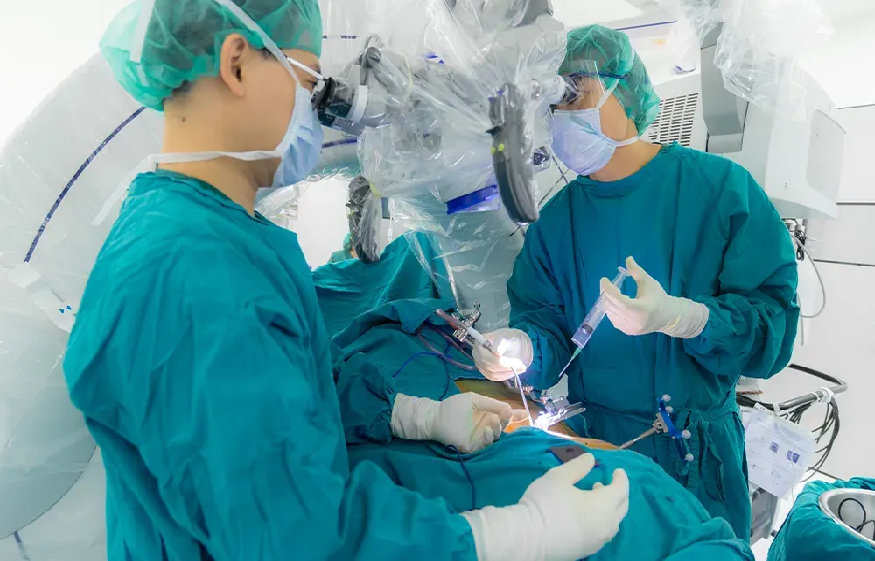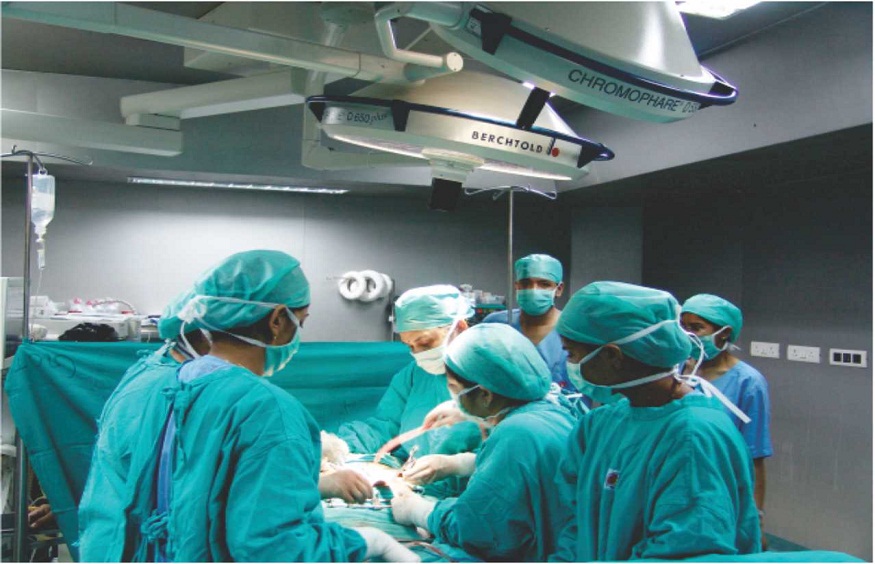Time is of the essence in neurosurgery and in critical care. A minor change in a patient’s condition may indicate significant and underlying problems, making a high degree of precision and promptness important in such cases. One of the most important parts of a neurological exam is the pupillary evaluation, an ancient practice yet still indispensable in modern medicine. Let’s take a deep dive into the matter.
Advancements in Neurological Tools for Pupil Evaluation
While the traditional flashlight test has been a staple in the neuro exam for decades, advancements in neurological tools have revolutionized how we assess pupil reactivity. One such innovation is the use of automated pupillometers, which provide precise, objective measurements of pupil size and reactivity.
The most important metric derived from these devices is the Neurological Pupil Index or NPi. Unlike subjective evaluations, the NPi provides a standardized scale of quantification of pupillary response, which is unparalleled in terms of accuracy. This has proven particularly valuable in high-stakes environments such as intensive care units and neurosurgical suites, where every second counts.
Automated pupillary evaluation tools can accurately measure pupil dilation velocity, latency, and constriction amplitude, allowing clinicians to identify subtle changes that might otherwise be missed. This degree of detail provides a better understanding of a patient’s neurological status.
Why Pupil Reactivity Matters in Neurosurgery?
In neurosurgery, the evaluation of pupillary reaction gives a real-time window to the neurological status of a patient. The pupil reactivity is considered an important indicator of brain function, showing insight into intracranial pressure, integrity of the brainstem, and overall neurological status.
For instance, in cases of traumatic brain injury, abnormalities in pupil dilation velocity, the speed at which the pupils constrict or dilate in response to light, would be an early indication of rising intracranial pressure. These alterations can lead to immediate intervention, perhaps even saving a patient’s life.
Pupillary examinations are not only for detecting abnormalities but also for guiding treatment plans. Neurosurgeons, therefore, understand how pupils react or fail to react, thus informing the urgency of surgery, the need for monitoring, or even the prognosis for recovery.
Pupil Dilation Velocity: Indicative Measure
One of the most telling parameters of pupillary reaction is pupil dilation velocity. It measures how quickly the pupil expands after light exposure. Abnormal dilation velocities reflect a range of issues from optic nerve damage to brainstem dysfunction.
This metric is especially important to neurosurgeons in postoperative care. Monitoring the response of pupils in recovery can identify early complications such as hematomas or cerebral edema before they become mortal ones.
Pupillary Evaluation in the Neuro Exam
Despite the availability of cutting-edge technology, the principles of pupillary assessment remain deeply rooted in clinical practice. During a routine neuro exam, evaluating the pupils is often one of the first steps. The mnemonic “PERRLA” (Pupils Equal, Round, Reactive to Light and Accommodation) is well-known among clinicians, but it only scratches the surface of what modern assessments can achieve.
Tools like the NPi and pupillometry provide means by which clinicians can do more than just look. It now allows for a uniform timeline of monitoring so that clinicians can get essential points over time that might signal if a patient’s condition is actually improving or deteriorating. Such as a drop in score in NPi would warrant direct imaging or intervention while stabilized scores may help provide consolation during recovery.
The Future in Pupillary Evaluation
As technology advances, so does our ability to evaluate and interpret pupillary responses. The potential for integration of machine learning algorithms with automated pupillometry holds promise for even greater diagnostic accuracy. Such systems could analyze patterns in pupillary behavior, potentially offering predictive insights into conditions such as stroke, seizures, or brain trauma.
However, the extent of this advancement in tool sophistication is not going to change the fundamental importance of pupillary evaluation. It is and will continue to be an essential component of every neuro exam.
Conclusion
Assessing pupil reactivity is a lifesaving practice more than just an ordinary procedure in the high-stakes world of neurosurgery. With such an understanding of pupil dilation velocity, not to mention other advanced neurological tools like NPi, there are quite a few methods for making sure an assessment is not only right but also done in due time. In this respect, medical teams can then be more proactive in improving care, and outcomes, and managing complex conditions in neurological diseases.



